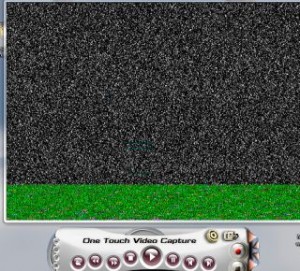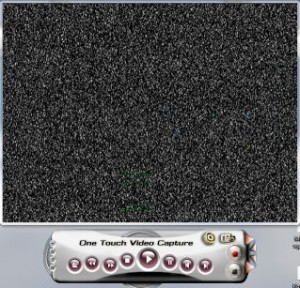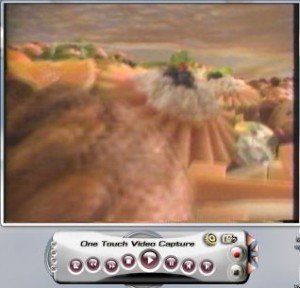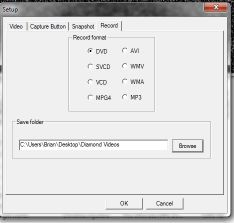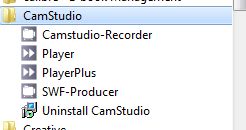Everyone loves free stuff, right? I’m writing this post just after Christmas and free software is about the only thing that I can afford! I’ve mentioned all of this software in other posts. In this one I will simply highlight the best of the best of the best.
1. VLC Media Player – VLC is amazing, really. Not only is it the fastest player out there, it’s a wizard when it comes to repairing video files. If you’ve got an AVI that is somewhat corrupted, VLC will repair it. Save the repaired version and you’re done. As far as playback is concerned, VLC lets you slow down the action or speed it up with a simple keystroke for each. I don’t use VLC for music playback but it does that, too.
2. Irfanview – Once you have tried Irfanview, I defy you to live without in the future. I’ve been using it for years, putting it on every computer in the house. Irfanview is quick, efficient and offers a feature list that boggles the mind. Screen capture, batch processing…it’s got it all. Make sure you download the plugins and make sure you download it from Tucows. CNET is reportedly putting malware in its downloads.
3. Google Chrome – Why is a browser on this list? Aren’t they all free? Sure, they’re all free but other browsers pale in comparison to Chrome. I can safely say that Chrome has opened up a whole new world for me, simply because it translates every website that I visit. The Internet is more than the boring English sites that you’re used to surfing. Check out what people around the world are doing on the web, visit and investigate your next international vacation spot, or just see what cool things are for sale in, say, China or Japan.
TIP: One of the best things about the Internet is that most sites are designed in English, even if they use another language for navigation. If you’re stuck on a site and can’t figure out what some of the buttons do, simply hover your cursor over a link and look down to the left of your window. Nine times out of ten you’ll find out what the button leads to, written in plain English.
4. Dropbox – Dropbox is both software and a service. With 1 gigabyte of free storage, Dropbox allows you to share documents from one computer to another around the world. Even if you are on someone’s computer in India, you can access your files via the Internet. There is no need to have the Dropbox application installed. Additionally, you can share files of any type with friends and relatives by giving them guest access to your online folder. Need more than a gig of storage? Open up a few free accounts. You can’t go wrong.
5. Burnaware Free – Burnware is a free, fast and dog-simple burning app. DVDs/CDs/ISOs, Burnaware takes care of it all. Roxio makes a fine product from what I hear but I have only used Burnaware for the past ten years or so. In my opinion, you don’t need any more than this for your daily burning chores. I back-up my computer religiously and you should too. DVDs are cheap and losing lifetime photo memories is expensive. Don’t let a crashed hard drive ruin your life. Get Burnaware and some DVDs for 20 bucks and relax. Your kids will thank you!
All of these applications have full sets of options and features that will make your computer experience much more fulfilling than any piece of retail software would. For that reason, if you’re a bit flush with cash, consider making a donation to the creators. Good karma will follow.
Thanks for reading!

